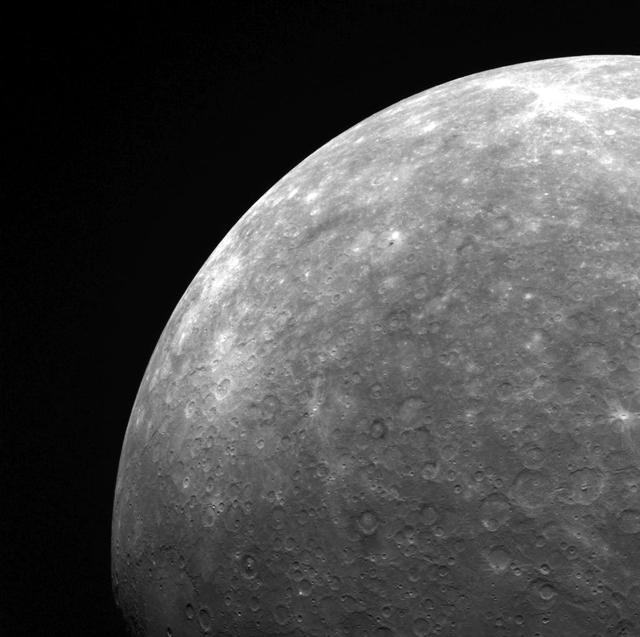Starwatch for January 2023
Written by John Del Re on January 22, 2023
Hello! I’m Karl Hricko of United Astronomy Clubs of NJ and the National Space Society, bringing you the January Starwatch for the WNTI listening area.
Ring in the new, and ring out the old. It’s January, the first month of the year. But was that always true? Well, a calendar is an artificial system that we try to match up with the motion of the Earth around the Sun. The problem is that there isn’t an even number of days in a year.
To correct for this mismatch, Julius Caesar changed the 10 month Roman Calendar which began in March, by introducing a 12 month calendar. He also introduced the idea that a day should be added to February every 4th year, to make it a leap year.
This still wasn’t a good match because by the 16th Century, the calendar was behind by 10 days. So in 1582 Pole Gregory XIII and his astronomers made a change to the Julian calendar by decreeing October 5 to be October 15, back in line with the seasons. Now, every 4th year is a leap year except when it falls on a century year that is not evenly divided by 400.
For the heavens, the stars and planets pay no attention to what we do with our Calendar. After sunset, four of the visible planets can be seen from left to right across the night sky, going from southeast to southwest. Beginning with Mars looking southeast in Taurus, then Jupiter in Pisces, followed by Saturn in Capricornus. At the end of the month, Venus moving down, and Saturn moving upward come close together in the sky.
So, let’s begin our New Year with our Gregorian Calendar, while the stars and planets move through the heavens using their own calendar.
Until our next Starwatch –Don’t forget to check out … What’s up in the night sky!


